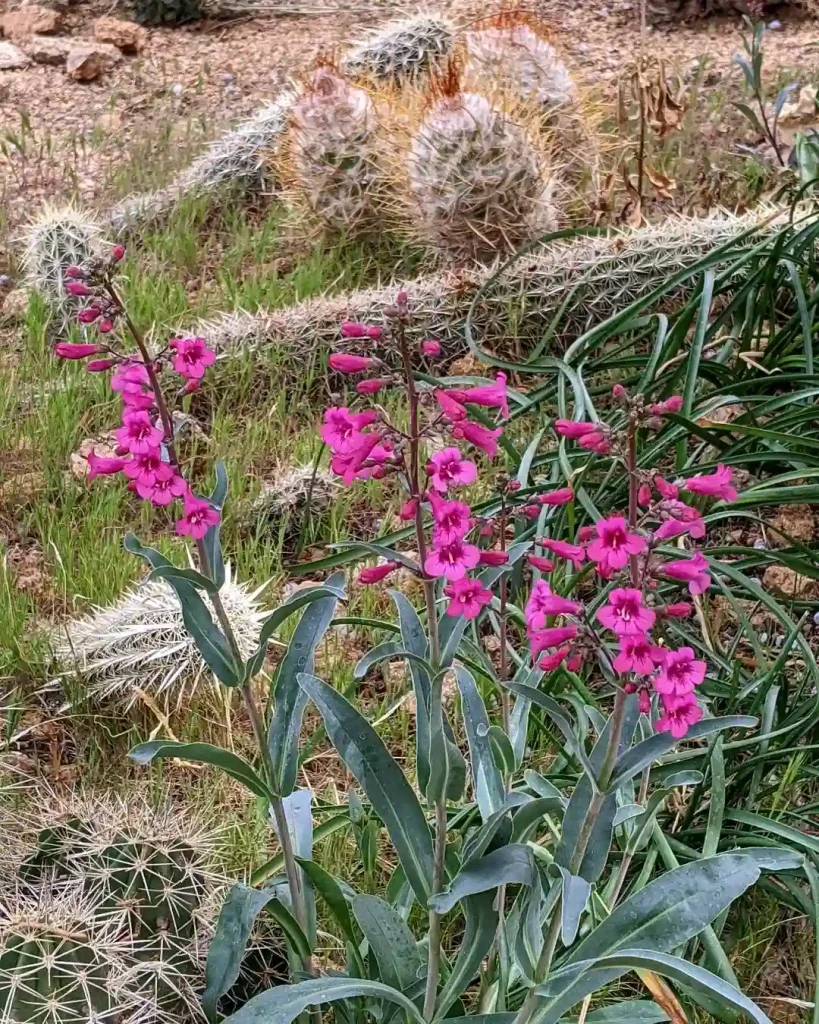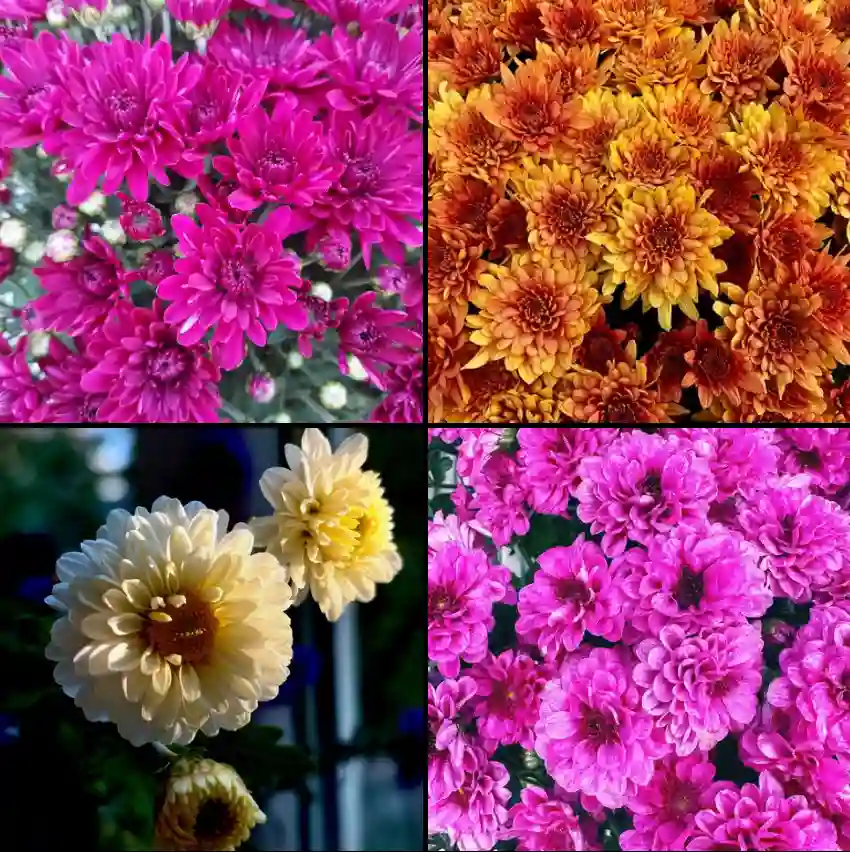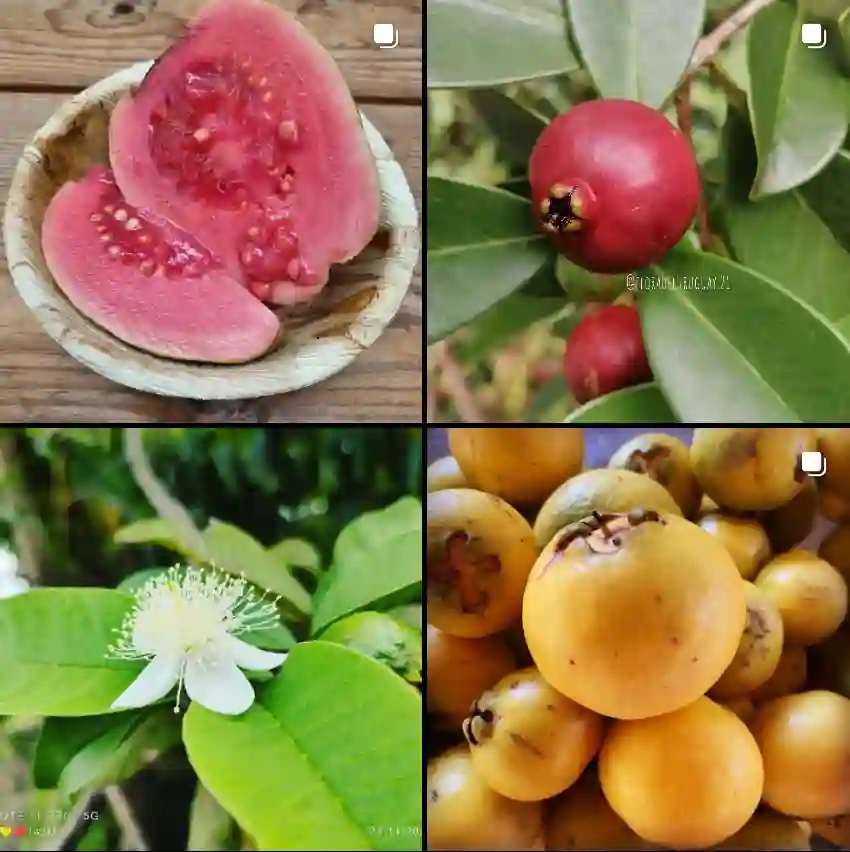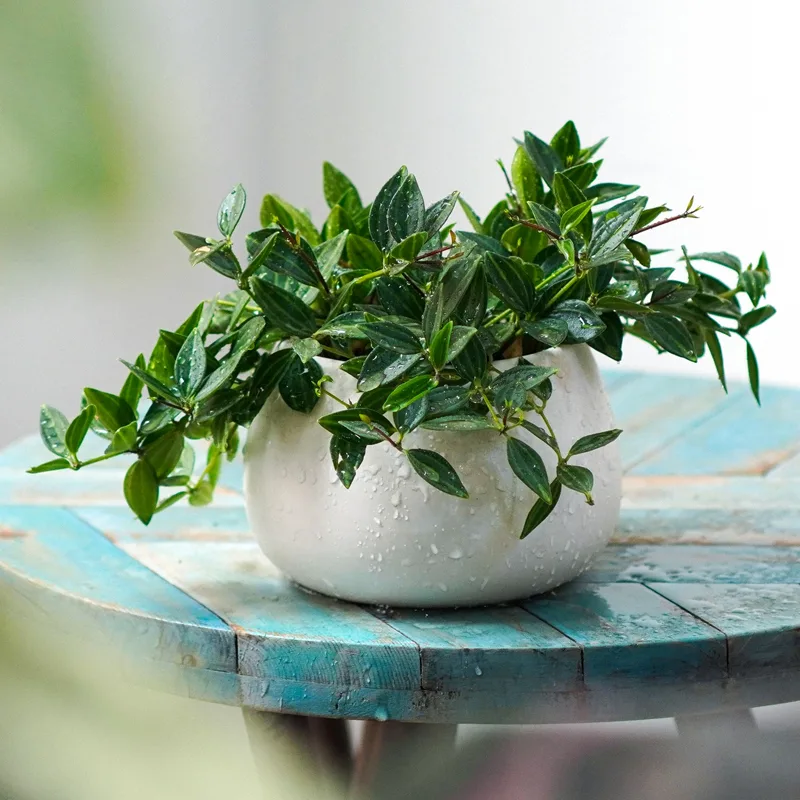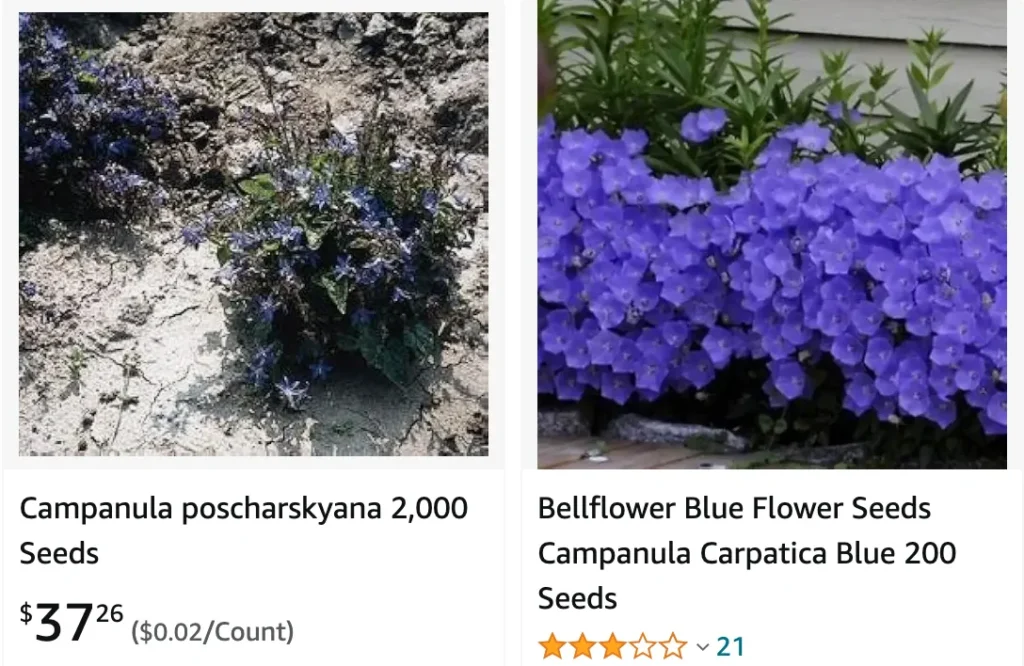
A Gardener’s Guide to the Serbian Bellflower: Beauty and Ease in Campanula poscharskyana
For years, I’ve been drawn to vibrant splashes of color in gardens. But it’s the low-maintenance, easy-going plants that truly win me over. Enter the Campanula poscharskyana, or Serbian Bellflower. This little charmer has become a mainstay in my own garden, offering a cascade of star-shaped blooms with minimal fuss.
Before I dive into the wonders of this delightful perennial, let’s address some common questions that might be swirling around your mind.
459 Species in Genus Campanula – Bellflowers
Is Campanula poscharskyana Poisonous?
This is a crucial question for pet owners like myself. Thankfully, the answer is no. Campanula poscharskyana is not considered toxic to pets or humans. While some Campanula varieties might cause mild stomach upset if ingested in large quantities, the Serbian Bellflower is generally safe for furry friends and curious children.
What to Plant with Campanula poscharskyana?
Now that we’ve established its safety, let’s explore how to create a dazzling display with this versatile plant. The trailing habit of Campanula poscharskyana makes it a perfect companion for containers, hanging baskets, or cascading over walls. Here are some ideas to inspire your garden design:
- Sun-kissed Symphony: Pair your Serbian Bellflower with yellow Yarrow (Achillea millefolium) for a cheerful combination. The contrasting colors will create a vibrant display.
- Pink Perfection: For a touch of elegance, consider planting Campanula poscharskyana alongside pink Dianthus (pinks). Their delicate blooms will complement the star-shaped flowers beautifully.
- Silvery Serenity: For a more subdued yet sophisticated look, try mixing Serbian Bellflower with soft, feathery Lavender (Lavandula angustifolia). The contrasting textures and colors will add depth and dimension to your garden.
Campanula poscharskyana Blue Waterfall: Deer Resistant Delight?
Deer can be a real nuisance for gardeners. The good news is that Campanula poscharskyana, with its fuzzy foliage, is generally considered deer resistant. The slightly bitter taste and fuzzy texture tend to deter these browsing herbivores. However, it’s always a good idea to observe deer activity in your area. If they seem particularly bold, planting Campanula poscharskyana in close proximity to less palatable deer-resistant plants can offer additional protection.
Keeping Gophers at Bay: Is Campanula poscharskyana Blue Waterfall Gopher Resistant?
Gophers, those pesky subterranean rodents, can wreak havoc on root systems. Unfortunately, Campanula poscharskyana isn’t inherently gopher resistant. However, there are ways to deter these underground dwellers. Planting the Serbian Bellflower in raised beds or using wire mesh baskets can help create a barrier against gopher attacks. Additionally, encouraging natural predators like owls and hawks in your garden can provide a long-term solution.
Is Campanula poscharskyana Invasive?
This is a vital question for responsible gardeners. The beauty of Campanula poscharskyana shouldn’t come at the expense of the natural ecosystem. Thankfully, the Serbian Bellflower is not considered an invasive species. It has well-defined growth habits and doesn’t readily spread beyond its designated area.
How to Care for Campanula poscharskyana?
The Serbian Bellflower is a true gem for low-maintenance gardens. Here’s how to ensure it thrives in your space:
- Sun and Soil: Campanula poscharskyana prefers well-drained soil and a location receiving at least 6 hours of sunlight daily.
- Watering: Water regularly, especially during the first growing season, allowing the soil to dry slightly between waterings.
- Feeding: While not essential, a light application of balanced fertilizer in early spring can encourage vibrant blooms.
- Deadheading: Regularly deadheading spent flowers will promote continued blooming throughout the season. Simply pinch off the faded flowers at their base.
How to Multiply the Joy of Campanula poscharskyana?
Sharing the beauty of Campanula poscharskyana is easy. Here are two simple methods for propagation:
- Division: In spring or fall, carefully divide established clumps using a sharp knife. Replant the divisions in well-prepared soil and water thoroughly.
- Seed Saving: Collect seeds from mature seedpods in late summer. Allow them to dry completely before storing in a cool, dry place for planting the following spring.
With its easy-going nature, stunning blooms, and resistance to pests, the Serbian Bellflower has become a cherished member of my garden. So, if you’re looking for a low-maintenance flowering wonder, give Campanula poscharskyana a try. You won’t be disappointed. Its cascading habit adds a touch of whimsy to any garden, while the star-shaped blooms bring a pop of color that pollinators adore. Plus, the versatility of this little charmer allows you to experiment with different planting schemes, creating a garden that reflects your unique style. So, unleash your inner designer and let the Serbian Bellflower weave its magic into your outdoor space.
If i die, water my plants!
